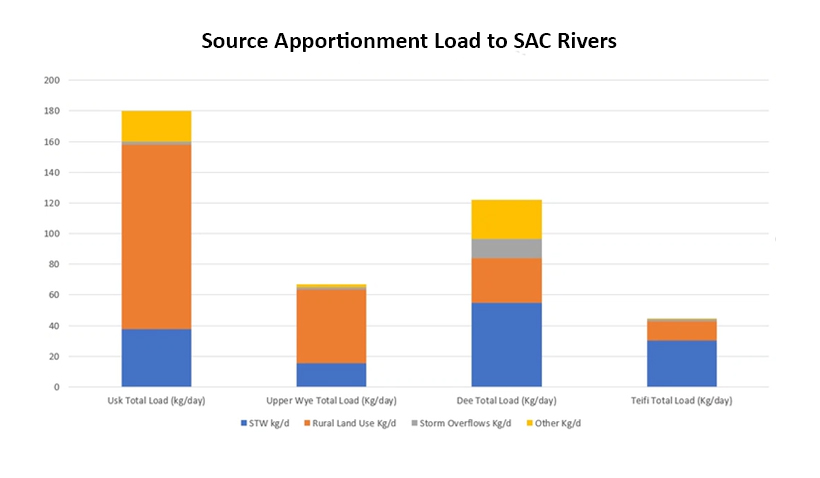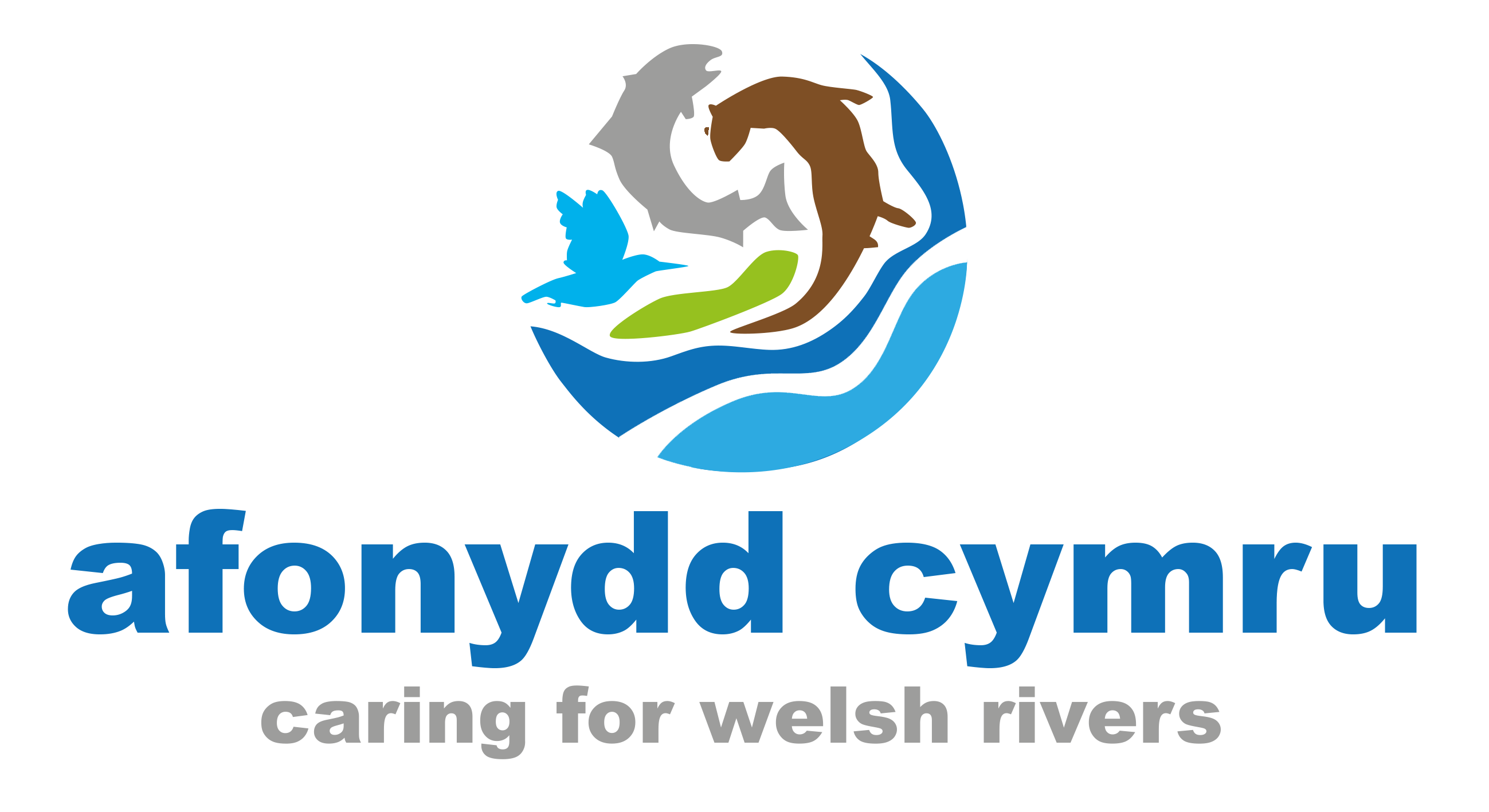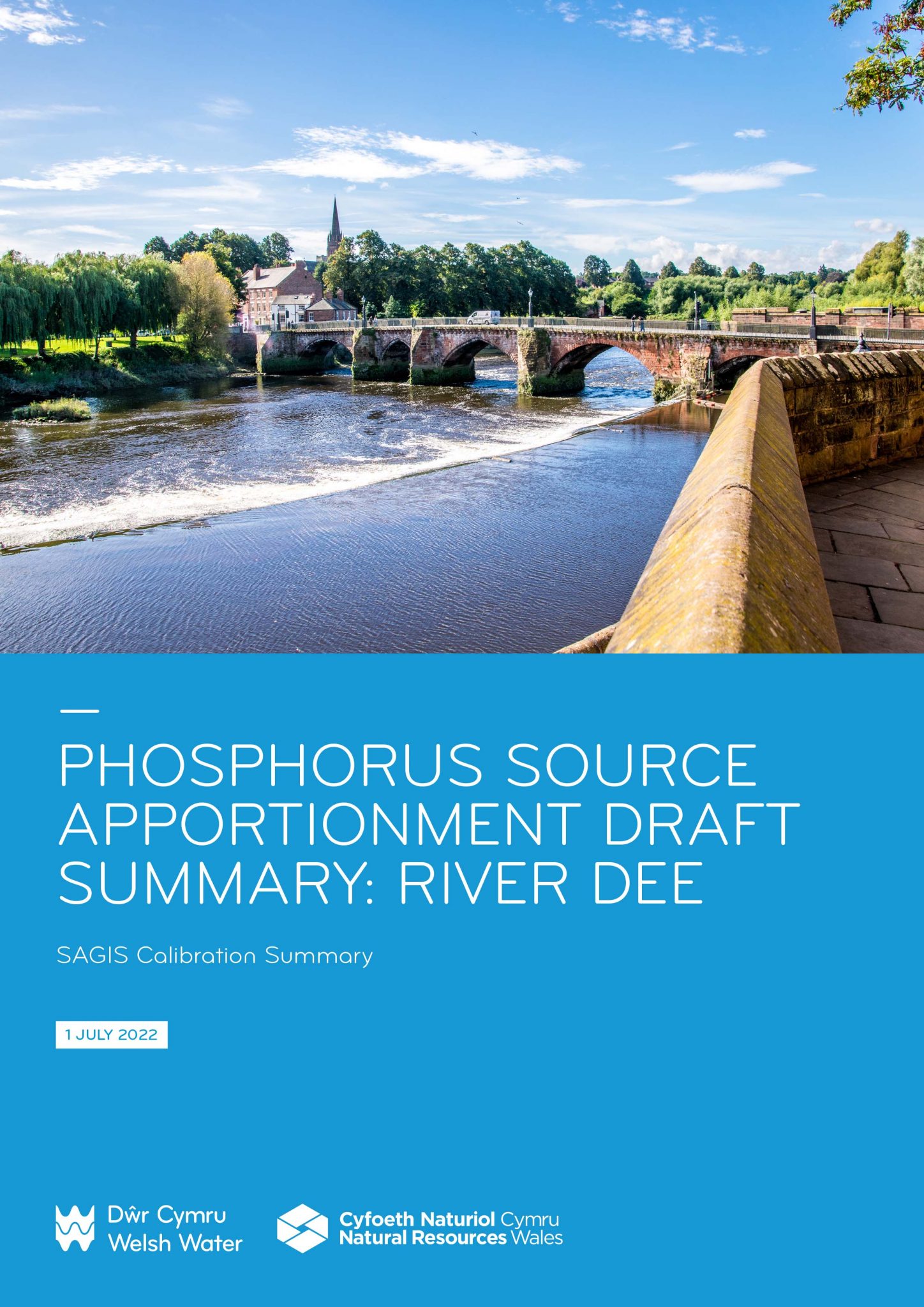Natural Resources Wales’s and Welsh Water’s latest orthophosphorus source modelling results for the Dee, Teifi, Usk and Wye have been published this week. Links to all four reports can be found at the bottom of this page.
The modelling suggests that the sources of orthophosphorus in the varies from river to riverÂ
The Usk is the worst performing SAC river when it comes to phosphorous pollution and the modelling suggests that agriculture contributes 67% of the load.
By only considering Orthophosphorous, the SAGIS modelling may well be understating the real contribution of rural land management to these river’s problems.
It is encouraging to hear that Welsh Government have indicated they will be reviewing septic tank registration and their impact on rivers.
Friday 8th July, 2022
With so much attention focused on the dramas at No. 10 this week, the release of three sets of reports affecting Welsh rivers may have slipped under many people’s radars. Â
Today, Natural Resources Wales and Dŵr Cymru Welsh Water published the latest SAGIS modelling on the sources of phosphorus pollution in four Welsh Special Area of Conservation-designated (SAC) rivers.
The results from the Dee, Teifi, Usk and upper Wye indicate that the relative phosphorus contributions from agriculture and sewage treatment works vary considerably from river to river. In the Teifi, for example, agriculture is contributing 28% of the river’s total load of phosphorus while treatment works are contributing 67%. In the Upper Wye, however, 72% is attributable to agriculture and 23% to treatment works.
The latest modelling is indicating that the main sources of phosphorus can vary from river to river.Â
The modelling also suggests that in three of these four rivers, Combined Storm Overflows (CSOs) contribute relatively small amounts of phosphorus (Usk 1%, Upper Wye 2%, Teifi 3%). Only on the Dee (10%) does the CSO contribution stand out in any way. While phosphorus is not the only pollutant in Welsh rivers of course, these relatively small contributions might also come as a surprise to some, bearing in mind the attention CSOs receive. Earlier this week, the Minister of Climate Change released a statement on the action plans of the Better Water Quality Taskforce, which was set up with a commitment to take action on the ecological impacts of CSOs and to which Afonydd Cymru have acted as independent technical advisors (see below for statement).Â
Also published today was Natural Resources Wales’s report on Welsh Water’s performance. The regulator called for Welsh Water to “step up and take action” after an “increase in pollution incidents and decrease in compliance with environmental permits for sewage discharges.” While this is welcome pressure on the water company, Natural Resources Wales also need to ‘up their game’ when it comes to regulation and enforcement of permit breaches. We were pleased to see that the Taskforce adopted our proposal for a full review of CSO permits to ensure that they are legally enforceable and that no ambiguity remains.

Returning to the SAGIS modelling, the results from the Usk were perhaps surprising too. This SAC river was declared the worst in Wales for phosphorus pollution by Natural Resources Wales last year. This year it has been suffering algal blooms in its middle and lower reaches of varying severity since May.Â
The modelling indicates that agriculture is responsible for 67% of the Usk’s average daily phosphorus load, while sewage treatment work effluent contributed 21%. Approximately 12% of total load is attributable to other sources including septic tanks, intermittent discharges, and urban run-off.
The relatively high apportionment to agriculture is surprising because unlike the Upper Wye, there are relatively few poultry units located in the Usk catchment. Also in contrast to the Wye, most of the sewage treatment works in the Usk valley do not have the technology to remove phosphorus from their discharges. Given this, the relative contribution from agriculture might have been expected to be much smaller.
SAGIS modelling may be underplaying the relative contribution of agriculture to the rivers’ true phosphorus loads at a time when the accuracy of source apportionment is so crucial Â
The trouble with SAGIS…..
While many will find agriculture’s high contribution to phosphorus loads on the Wye unsurprising, the modelling may in fact be distorting this sector’s true contribution in this river and in others across Wales. SAGIS modelling is based on levels of orthophosphorous (Ortho P), the type used for environmental targets and one that is relatively easy to measure (by hand-held citizen science devices, for example).
But this is only one part of the phosphorus equation. Ortho P is the type most associated with humans via sewage treatment works. The modelling therefore misses much of the phosphorus that comes from animal manures or attached to soil particles. The SAGIS reports state another reason for measuring Ortho P is that it is the type most readily available to plants such as algae. While that is true, many species of algae are capable of using other types of phosphorus to proliferate.
In other words, it is likely that agriculture’s role in phosphorus pollution is highly likely to be underestimated in this modelling.
Sampling Total Phosphorus in rivers is expensive and complex but it is the only way to give us any accuracy in source apportionment. And such accuracy is crucial if we are to know where to focus limited resources into correcting water quality issues.Â
Geography…..
The reports state that unlike other inputs such as agriculture, phosphorus from sewage treatment works is constant and so the concentration is higher in low flows. It claims that “”¦”¦on balance, a kilogram of phosphorus discharged from a treatment works will have a relatively greater impact on the in-river concentration than the equivalent input from diffuse sources.”
While this may be true and used by some to downplay agriculture’s impact, when it comes to river ecology, the location of phosphorus sources is very important too. More inputs from high in the catchments, far above any sewage treatment works, will enable algal blooms to start further upstream, giving them more time to become “severe” by the time they arrive in the middle and lower reaches.Â
Septic Tanks…..
One final observation on the SAGIS modelling is the potentially high contribution of septic tanks. In Wales, all septic tanks had to be registered with Natural Resources Wales by the end of 2020. Along with “intermittent discharges” and urban runoff, they contributed 12% and 5% to Ortho P loads in the Usk and Wye respectively.
More work needs to be done in this area and there are concerns Natural Resources Wales do not have the full picture of the number of septic tanks discharging into rivers, nor the impact they are having. We are encouraged that Welsh Government has already indicated a review of this is now underway.





